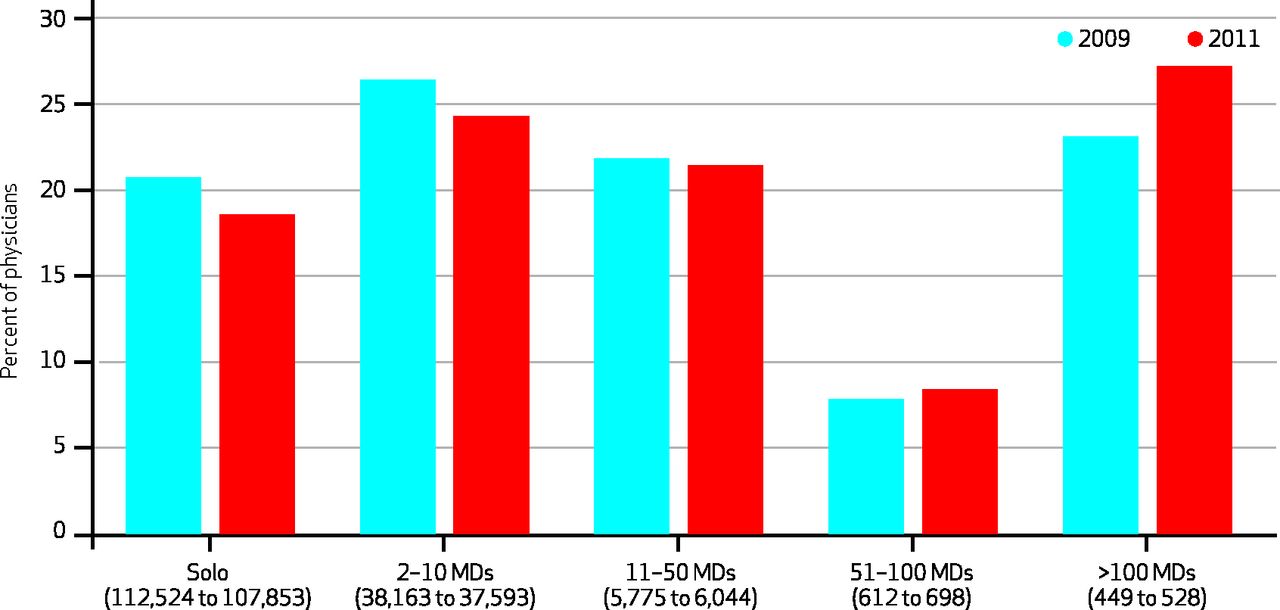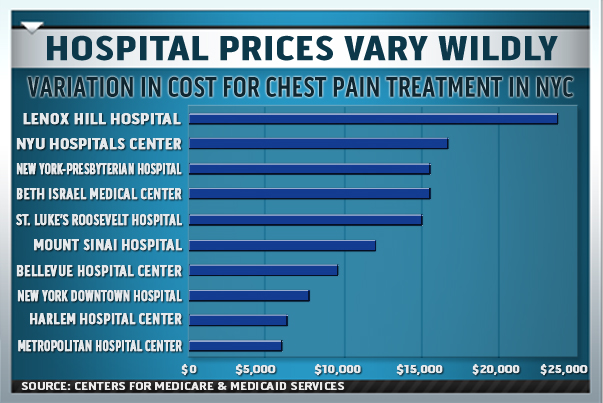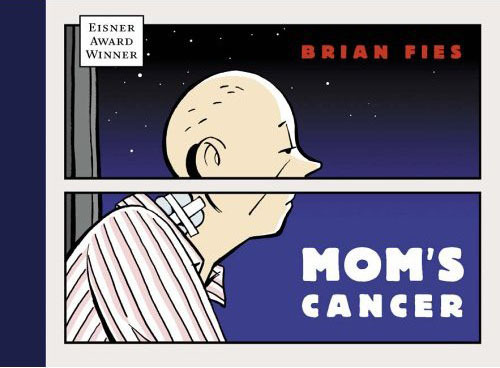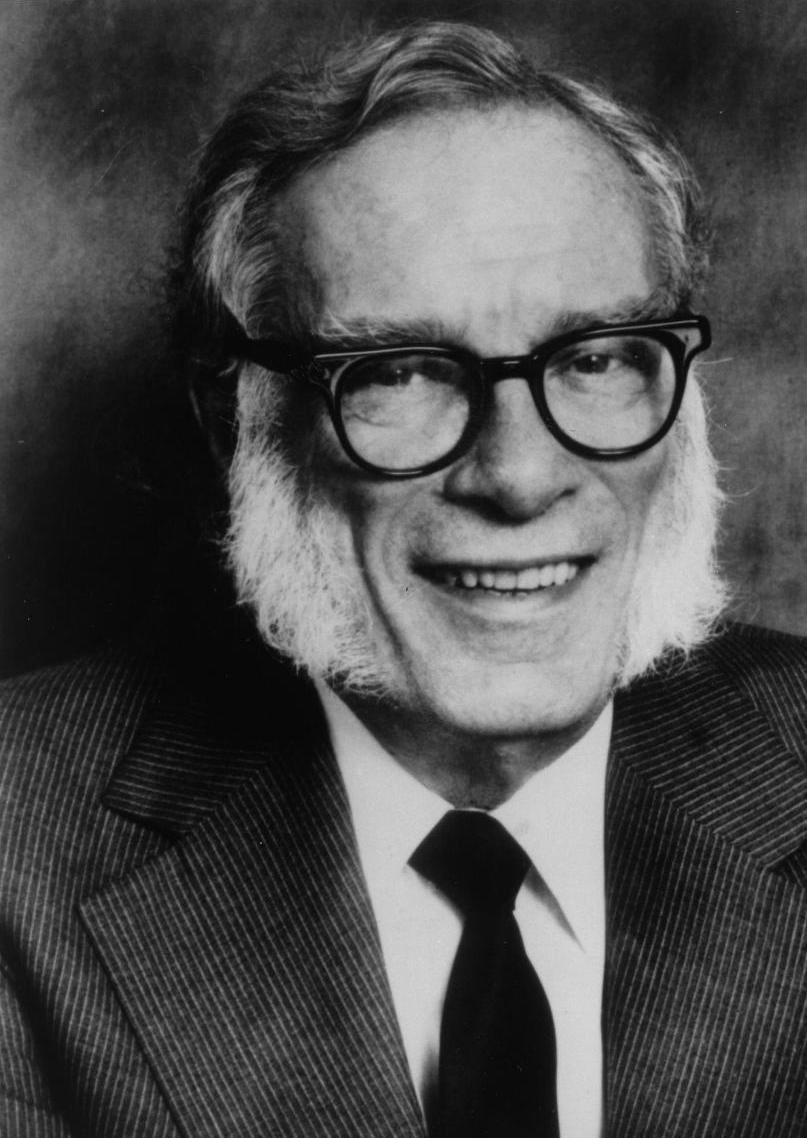I teach an undergraduate health policy class at Duke, populated in part by ambitious premeds. (Sorry for that last bit of redundancy.) One of the things I like to emphasize in the class is the kind of medical practice milieu students can expect to encounter when they finally become physicians. That’s a good way to get them motivated to understand Medicare and Medicaid and the like.
Very few things I tell them about resonate more than the increasing prevalence of large group practices, and the correspondingly diminishing frequency of solo practitioners. I tell them not to expect to hang up a shingle on their own when they finish their clinical training.
Some new data showed just how quickly this change is occurring. Over the course of just three years, you can see how quickly solo practice is declining, and how rapidly extremely large practices – of more than 100 physicians – are growing:
 As someone who trained at the Mayo Clinic, and benefited greatly from being surrounded by other clinicians, I think this is largely a good trend. I think there are many advantages to both physicians and patients in having physicians work in larger groups. The main downside, perhaps, is that such practices are hard to pull together in rural areas. And the growth of such practices might force patients to drive further to receive medical care. But overall, I think this is a trend that is both unstoppable and, probably, for the better. (Click here to view comments)
As someone who trained at the Mayo Clinic, and benefited greatly from being surrounded by other clinicians, I think this is largely a good trend. I think there are many advantages to both physicians and patients in having physicians work in larger groups. The main downside, perhaps, is that such practices are hard to pull together in rural areas. And the growth of such practices might force patients to drive further to receive medical care. But overall, I think this is a trend that is both unstoppable and, probably, for the better. (Click here to view comments)

 I recently learned about a company called OpsCost, which has a very user-friendly website designed to help people figure out how much different hospitals charge for a wide range of treatments and procedures. The company makes use of the data that the Medicare program has recently made available to the general public, and then presents those data more elegantly than many other sites I have seen. You can go
I recently learned about a company called OpsCost, which has a very user-friendly website designed to help people figure out how much different hospitals charge for a wide range of treatments and procedures. The company makes use of the data that the Medicare program has recently made available to the general public, and then presents those data more elegantly than many other sites I have seen. You can go  One of the themes running through Fooling Houdini that I like the most was the strong connection that Stone made between magic, con artistry, and even common business practices. Magicians have long been known for their ability to spot scams. After all, their profession is based on developing the ability to fool people. That is why Houdini, himself, spent much of the end of his career trying to debunk con artists. But as someone who teaches behavioral economics to business students, and in the process spends lots of time debating the ethics of exploiting consumer weakness, it was refreshing to see this passage from Stone’s book:
One of the themes running through Fooling Houdini that I like the most was the strong connection that Stone made between magic, con artistry, and even common business practices. Magicians have long been known for their ability to spot scams. After all, their profession is based on developing the ability to fool people. That is why Houdini, himself, spent much of the end of his career trying to debunk con artists. But as someone who teaches behavioral economics to business students, and in the process spends lots of time debating the ethics of exploiting consumer weakness, it was refreshing to see this passage from Stone’s book:
 “The most exciting phrase to hear in science, the one that heralds new discoveries, is not ‘Eureka!’ [I’ve found it!], but ‘That’s funny.’
“The most exciting phrase to hear in science, the one that heralds new discoveries, is not ‘Eureka!’ [I’ve found it!], but ‘That’s funny.’ More than two-thirds
More than two-thirds
 As someone who has been working in the field of behavioral economics for a couple decades now, I have long been aware of what psychologists call “the availability heuristic.” This was a phenomenon described by Kahneman and Tversky in some of their seminal research from the early 1970s. I recently came across a nice example of this heuristic when reading Fooling Houdini, a book I have been
As someone who has been working in the field of behavioral economics for a couple decades now, I have long been aware of what psychologists call “the availability heuristic.” This was a phenomenon described by Kahneman and Tversky in some of their seminal research from the early 1970s. I recently came across a nice example of this heuristic when reading Fooling Houdini, a book I have been  In research I have had the pleasure of conducting with Darin Zahurenic, we are starting to find concerning data about the variability in how neurologists and neurosurgeons treat people who have strokes caused by bleeding in their brains – or what doctors call intracerebral hemorrhage. Darin recently presented some of this research at a medical conference, and the media have already begun to show interest in the work. Here’s one story:
In research I have had the pleasure of conducting with Darin Zahurenic, we are starting to find concerning data about the variability in how neurologists and neurosurgeons treat people who have strokes caused by bleeding in their brains – or what doctors call intracerebral hemorrhage. Darin recently presented some of this research at a medical conference, and the media have already begun to show interest in the work. Here’s one story: